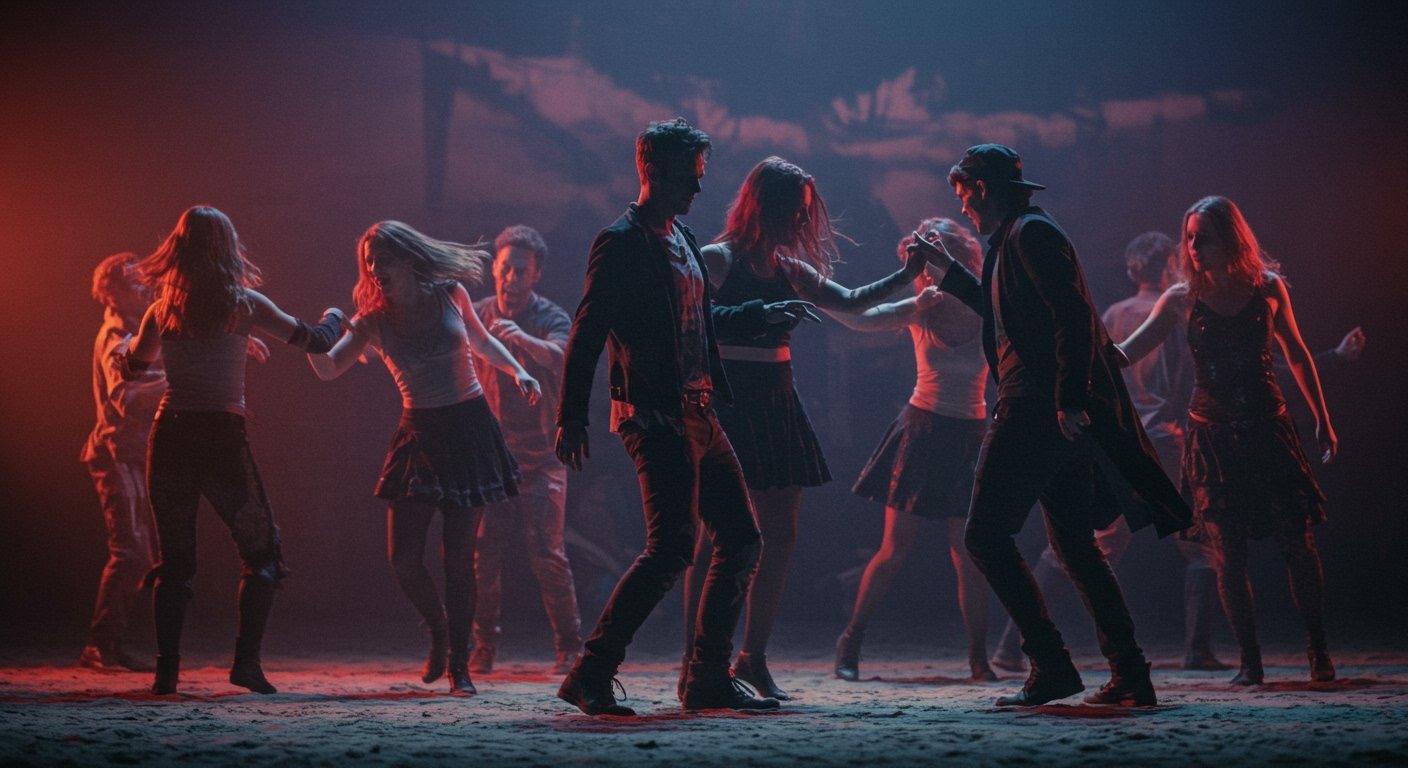Translating a Literary Masterpiece: The Netflix Adaptation of ‘One Hundred Years of Solitude’
When Netflix announced its ambitious project to adapt Gabriel García Márquez’s iconic novel, One Hundred Years of Solitude, many literary enthusiasts raised their eyebrows in skepticism. This beloved narrative, with its intricate layers of magical realism, sprawling family dynamics, and a narrative structure that bends time and space, seemed almost impossible to translate into a visual medium. However, the streaming giant has taken on the challenge with a 16-part series, offering a fresh perspective on a cherished classic. With the first eight episodes released on December 11, 2023, anticipation for the remaining episodes, set to debut in 2025, is palpable.
The Allure of the Original Novel
For many, including myself, One Hundred Years of Solitude holds a near-mythical status. I first encountered this literary gem at the age of 14 during a languid summer afternoon. The moment I read the unforgettable opening line—“Many years later, as he faced the firing squad, Colonel Aureliano Buendía was to remember that distant afternoon when his father took him to discover ice”—I was ensnared. The novel’s surreal elements, such as babies born with pig tails and a rainstorm that lasts for nearly five years, were unlike anything I had ever read before. This masterclass in narrative, rich with family legacies and historical echoes, defined my understanding of literature’s potential.
The Challenges of Adaptation
García Márquez himself was notoriously protective of his work. He famously refused to sell the rights to adapt his novel, fearing that it could never be done justice on screen. The complexity of its characters, the intertwining timelines, and the sheer strangeness of its magical elements made the prospect of adaptation daunting. Nonetheless, Netflix has proceeded with the project, ensuring that the series is shot in Spanish and filmed on location in Colombia, honoring García Márquez’s vision.
Initial Impressions of the Series
Having watched the initial eight episodes, I was pleasantly surprised by how closely they adhered to the source material. The series opens with that iconic first line, setting an atmospheric tone that resonates with the novel’s spirit. The show captures the essence of Macondo—its lush landscapes and oppressive heat—while embracing the beautifully bizarre elements that define the story. The adaptation aims to preserve the novel’s emotional core, even if some of its surreal magic inevitably translates differently on screen.
Visualizing the Surreal
One of the most significant concerns regarding the adaptation was whether the visual representation of the novel’s surreal moments could maintain their impact. In the book, readers are invited to construct their own mental imagery, a deeply personal experience that cannot be replicated. While the series does take creative liberties, it succeeds in portraying some of the most fantastical scenes with a level of artistry that evokes awe. For instance, in a dreamlike sequence, José Arcadio Buendía encounters his deceased friend Melquíades, moving through ethereal landscapes that transition from rivers to celestial realms.
However, while the series captures these moments with visual splendor, it also faces the inevitable challenge of condensation. The novel’s nonlinear structure and rich detail are difficult to replicate in a series format, where pacing and clarity are crucial. Some viewers may find that certain nuances are lost in translation, a trade-off that comes with adapting such a multifaceted narrative.
Character Clarity and Development
One of the more practical enhancements in the Netflix adaptation is the clarity it brings to character identification. The novel is notorious for its complex family tree, with numerous characters sharing similar names. Readers often find themselves flipping back to the front of the book to decipher who is who, which can disrupt the narrative flow. In the series, this confusion is alleviated through visual differentiation and character development. Viewers can easily identify characters like José Arcadio Buendía and Aureliano Buendía thanks to distinct visual cues and performances that breathe life into each role.
This clarity, while somewhat at odds with the novel’s themes of lineage and inheritance, allows for a more immersive viewing experience. The series creates a more accessible entry point for new audiences unfamiliar with the literary complexities, inviting them to engage with the story without feeling overwhelmed by its intricacies.
Embracing the Weirdness
At its core, One Hundred Years of Solitude is a tale steeped in the bizarre and the extraordinary. The adaptation does not shy away from this aspect; instead, it embraces it fully. From the strange obsessions of its characters to the eerie presence of ghosts and spirits, the series remains unapologetically weird. The portrayal of magical realism is integral to the story, and the adaptation succeeds in incorporating these elements in a way that feels faithful to García Márquez’s intent.
The Future of the Adaptation
As we await the release of the remaining episodes in 2025, it is essential to recognize the significance of this adaptation. It not only brings a beloved literary work to new audiences but also opens up conversations about the challenges and rewards of adapting complex narratives for visual media. The series has the potential to introduce a new generation to the magic of García Márquez’s storytelling while fostering a deeper appreciation for the original text.
Conclusion
In conclusion, Netflix’s adaptation of One Hundred Years of Solitude represents a bold foray into translating a literary classic into a new medium. While the challenges of adaptation are significant, the initial episodes demonstrate a commitment to preserving the essence of the novel. Through its unique visual storytelling and a focus on character clarity, the series has the potential to captivate both long-time fans and newcomers alike. As we look forward to the continuation of this journey through Macondo, we are reminded of the enduring power of literature and its ability to transcend boundaries—whether through the written word or the magic of visual storytelling.





